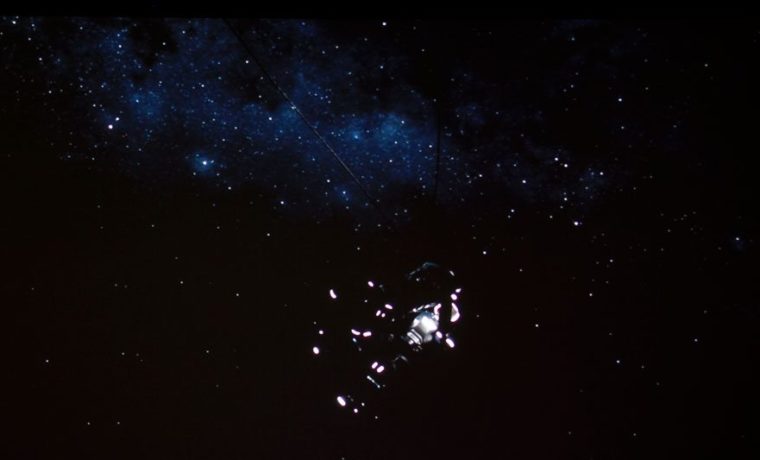The VL7860, like the lamp based V7850 we previously reviewed, uses the larger, higher native resolution of the two 4K UHD DLP chips on the market. When I say higher native resolution, I mean this is a 2716x1528 x2 pixel shifting projector. Acer calls their projector native 3840x2160, which I consider marketing overhype. Acer and others want to call non-native 4K projectors “4K UHD” – fine, but in most worlds that allow for logic, this projector has half the resolution of true, native 4K, and fudges it up to 4K UHD by using pixel shifting.
As I explain in almost every 4K review, just because you claim something, doesn’t make it true. Single chip DLPs have a distinct advantage in sharpness over 3 chip devices of the same native resolution. In fact, a well designed DLP projector along the lines of this Acer could very well produce a sharper-seeming image than a true 4K projector, say Sony’s entry level 4K native resolution projector of just three years ago.
Why is this possible, despite the Acer and other 4K UHD projectors lacking the ability to put 3840 tiny pixels on the screen without overlap? Instead, they put up 2/3 the pixels (horizontally, and vertically) so we end up with half the pixels, with each pixel being twice the physical size (2x the area) of a true native 4K pixel. The bigger the pixels, the less resolution. Overlapping large pixels and using fancy algorithms, just doesn’t cut it.
No matter how hyped, when TI rolls out an affordable true 4K chip with 3840x2160 pixels and no pixel shifting, I guarantee you TI won’t be swearing that it’s no sharper than any of their 4K UHD projectors using either the x2 pixel shifting, or the lower 1080p resolution with 4x pixel shifting.
There, with the lecture over, let’s circle back to the VL7860 itself, and how good it looks.
It is very sharp. One of the better 4K UHD’s we’ve played with so far out of at least 10 models. I’ve stared from a foot away at pixels in the center, and the edges. Overall center to edge sharpness is better than most, but we’re mostly splitting hairs. It does appear sharper in the corners than the BenQ HT2550 and their TK800, both the lower res 1920x1080 x4 projectors. On the other hand, although it’s been a while, I am pretty confident that the BenQ HT8050 and HT9050 (lamp and LED based, respectively, and far more expensive – $7999 and $8999) are not only slightly sharper, but I definitely had the feeling with those more expensive projectors that the optical quality itself had better clarity. That is, those expensive BenQs apparently have better lenses.
How much so? Slight of course. Mostly, I try to do side by side comparisons. Since I couldn’t with the BenQ HT9050, I have to use intermediaries. When I had the BenQ HT9050/HT8050s here, I had one of the two native 4K under $10,000 Sonys. While the Acer has been here, I had the step-up Sony, but with the same lens and light-path (primary difference is the addition of a dynamic iris). The two Sonys should have identical sharpness, which supports my thinking that the expensive BenQ is sharper than the Acer.
But, in all cases, we’re talking extremely slight when viewing 4K content. On lower res content, the differences will be more about each projector’s processing than lenses, etc.
Big question – is this Acer come across as sharp as the Sony VW685ES, I just reviewed?
No, sorry. Close enough – I’d say yes for most folks. When I look closely, at a tiny image a few pixels in size, in varying color, the Sony does a better job separating those colors, as it should, despite the usual pixel misalignment, that exists with all 3 chip/panel projectors.
Whether you spend a bit more for the lamp based Sony, or go with the long laser light engine life Acer, the bigger differences will have nothing to do with sharpness, but rather with black levels, features, handling of HDR, etc.




